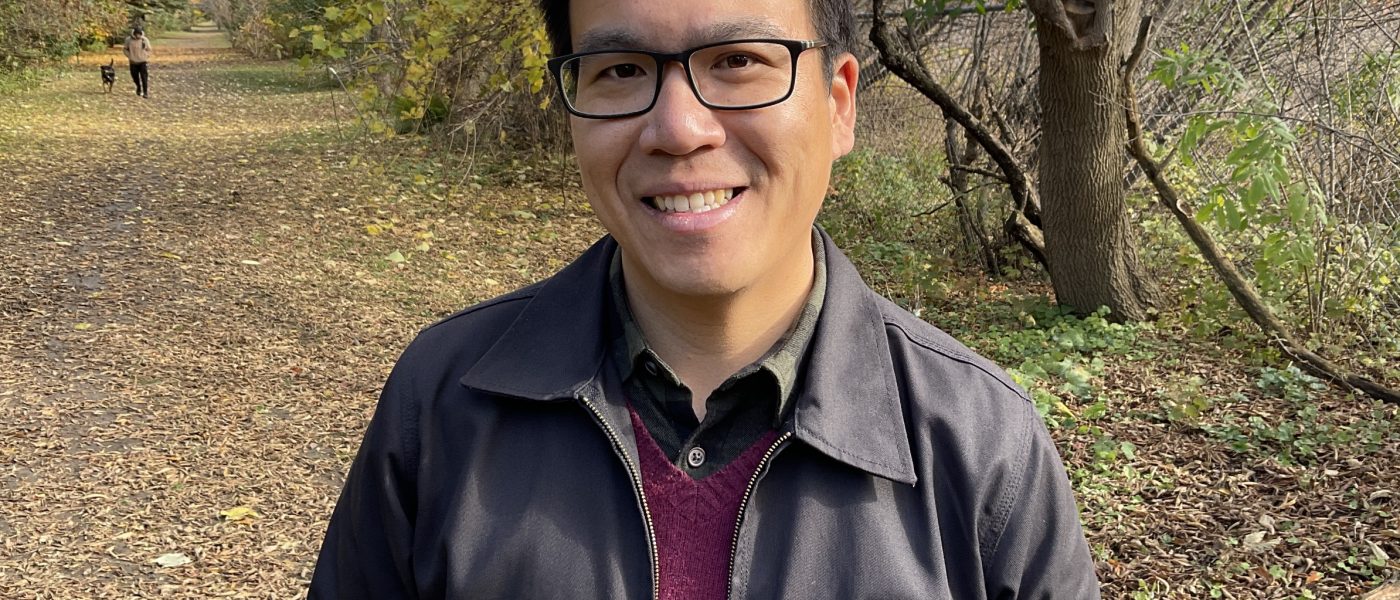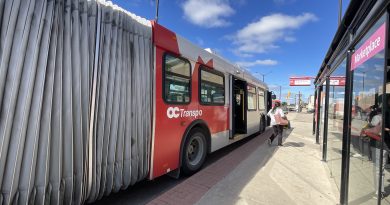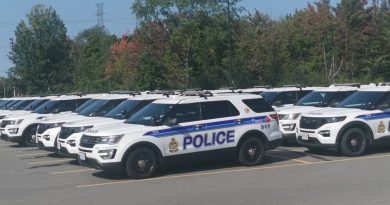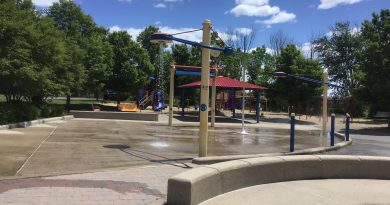Water We Talking About? Residents Say Rates Unfair
By Wilson Lo, Barrhaven East Councillor
Among the more frequent concerns residents have shared with me is how the current structure of water rates is unfair.
Presently, the recovery of 80 per cent of the costs to deliver a clean and safe supply of drinking water to serviced residential properties (those on city water) occurs through usage fees, while the remaining 20 per cent come from fixed charges in the water bill.
Those usage fees, structured in tiers, are based on the amount of water used, with each tier charging a higher rate than the previous tier. (Fun useless fact, “tier” comes from the French word “tirer,” as in what’s pulled next in the draw sequence.)
That means households with more residents automatically progress quicker in the tiers by virtue of gross usage, even if net usage per resident was no different than households with fewer people. It’s inherently unfair and punishes families and multi-generational households.
The city and its oversight board (Council) are legally responsible for the safety of the drinking water supply. After Walkerton, the provincial government passed strict legislation, making drinking water the only municipal service Councillors are personally liable for in the event of a failure.
That means there is no room for cost cutting when it comes to our drinking water supply, from the equipment used to the qualified staff who monitor and test the system every day.
Like most city services, providing safe drinking water is a revenue neutral service. Collected revenues are for system maintenance to ensure its functional upkeep and capital investments towards future improvements and legislative requirements.
The general success of conservation efforts means the portion of cost recovery based on usage may become inadequate while the costs of delivering the service remain the same.
Staff are also considering using aerial imagery to determine what percentage of non-residential properties have materials, like asphalt, which generate more runoff into the stormwater system, the basis upon which stormwater rates can be determined for individual properties.
For example, a strip mall with a large parking lot may be subject to more stormwater charges than a light industrial building with a green roof and no surface parking. This is not under consideration for residential properties.
Through the review, staff will also consider options to ensure stormwater billing remains equitable for residents in communities serviced by rural stormwater infrastructure, such as the ditches and culverts in Hearts Desire and Rideau Glen.
As the review is something with wide ranging impacts on residents across the city, staff have also set up a survey to collect resident feedback the help guide the review. The survey includes a set of multiple-choice questions, and others are open ended for longer answers. The survey is available online at engage.ottawa.ca/rates until 31 July 2024.
Additionally, residents may also share their feedback with me at Wilson.Lo@ottawa.ca.





